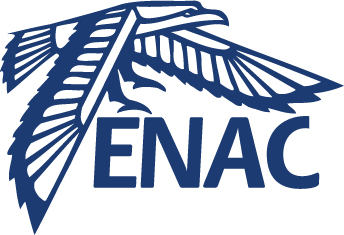Metropolis: Relating Airspace Structure and Capacity for Extreme Traffic Densities
Résumé
Personal and unmanned aerial vehicles have received increasing media attention over the last decade. As a result of the growing excitement for these two aircraft types, many within and outside the aerospace industry envision a future in which large numbers of small aircraft fly over urban areas. With this vision for the future, the question arises what would be required, in terms of airspace organization, to make this feasible, or in deed, if it will be possible at all. In this context, the Metropolis project aims to investigate the influence of airspace structure on capacity, complexity, safety, and efficiency for high - density airspace. To this end, four airspace concepts, ranging fro m a decentralized direct routing concept, to a highly structured tube network using 4D trajectory - based operations, have been considered. The four concepts were compared by means of large - scale simulation experiments, for multiple scenarios that are extrem e when compared to current air traffic densities. This paper presents an overview of the Metropolis project with a focus on the project objectives, design and implementation of airspace concepts, and preliminary simulation results.
| Origine | Fichiers produits par l'(les) auteur(s) |
|---|
Loading...
